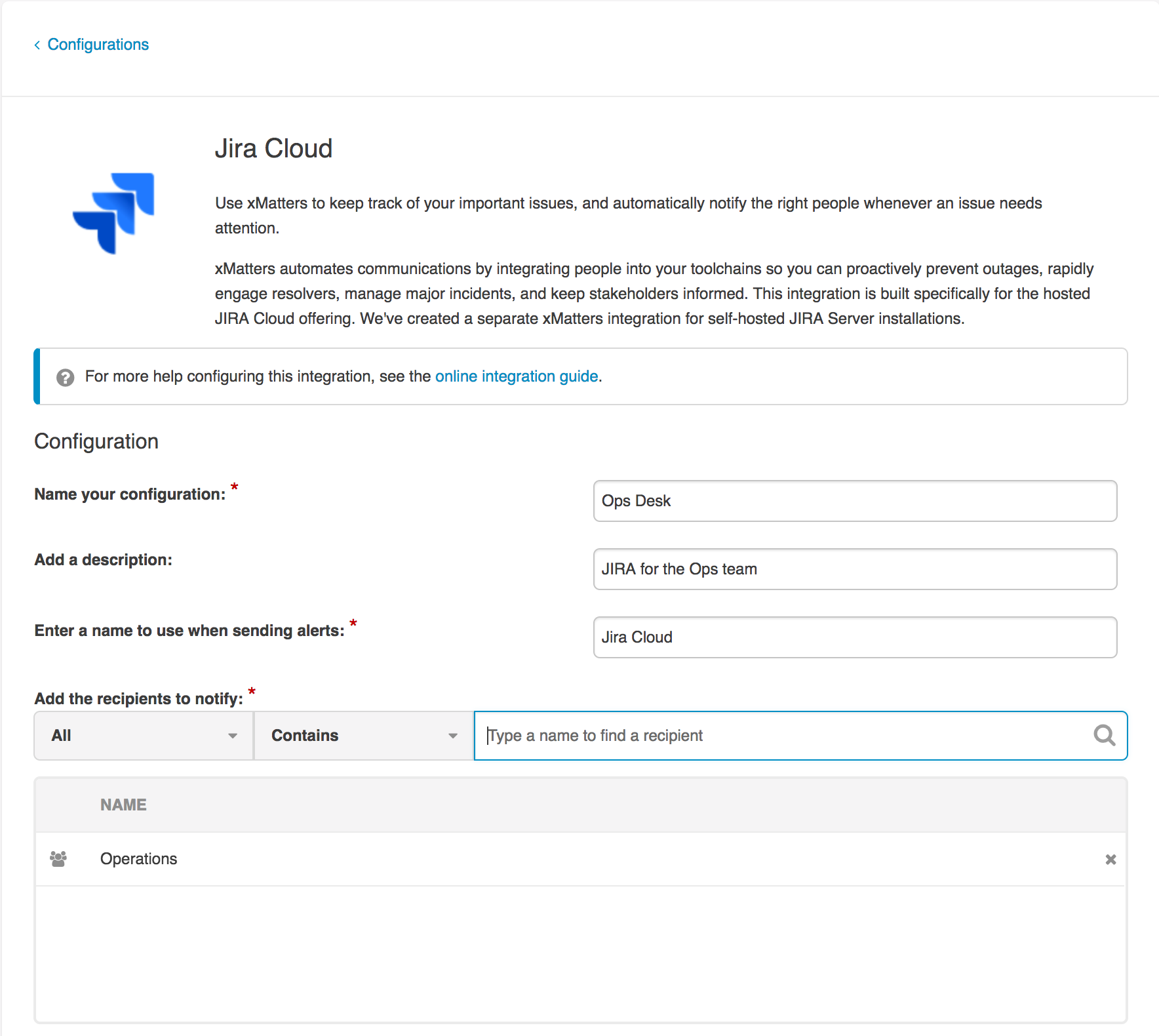
On the next screen of the Link applications dialog, use the Consumer key and Public key you get from Airtable.Check the Create incoming link checkbox.For Application Type, accept the default value of Generic Application.In the Application Name box, type Airtable.On the first screen of the “Link applications” dialog:.Please check the redirected URL field to ensure this is a URL that you trust. The supplied Application URL has redirected once.No response was received from the URL you entered.You can ignore these messages and click Continue to leave the new URL as is. In the “Enter the URL of the application you want to link” field, enter, and then click “Create new link.” You may be prompted with one of the following messages.Choose “Administration ( ) > Applications” and select “Application Links” in the left menu.Sign in to your Jira Server/Data Center instance with Jira Administrator permissions.If this is your first time working with App Links, then we recommend also checking out their documentation. In the steps below, we will walk you through setting up the Application Link in Jira. This begins with a few steps in Airtable that will generate necessary information in order to set up the application link. The general goal of this section is to be able to create an Application Link (App link) on the Jira server. Before proceeding through the steps below, make sure that you have Jira administrator permissions and can log in to Airtable as an admin. This portion of the guide is intended for those individuals who oversee the administrative settings of your organization’s Airtable and Jira accounts. You may wish to restrict Airtable’s access to the following endpoints that are used by Jira Server REST API: Jira Server REST API endpoints are on a separate path from the Jira User interface and login pages. The Airtable sync integration runs in the cloud and needs to make connections from the internet to reach your Jira Server using Atlassian’s REST API. In order to allow Airtable access, while still restricting other external traffic from accessing your Jira Server, add the following static IP addresses to the allowlist in your firewall: If your Jira Server is behind a firewall, then you need to configure your firewall to accept incoming API requests from Airtable. Your Jira Server REST API must be accessible from Airtable. to automatically create new issues in Jira based on Slack messages or GitHub issues. Find Browse project permission > Click Remove > select desired group to be removed Remove the group (ie. Testing out any unique features like time tracking or client views.Navigate to Service project > Project settings > Permission.You need to remove the specific group that the affected users are part of from the Browse project permission of the Service project. By doing that, Jira Service Management considers them as customers and adds them to the Customer section in the Service project.įor instance: If user A (unlicensed Jira Service Management user) is part of the " Developers" group and granted Browse projects permission in the Service project, then users A and other users who are in the Developers group will be considered Jira Service Management Customers and will be listed in the Customer section. This behavior occurs due these customers/users are granted the Browse Projects permission to one of the groups that they are part of.

Unwanted customers/users are listed under the Customer page.
#JIRA CLIENT BASED VIEW SOFTWARE#
Users with/without a Jira Software license) that you don't want to be part of the current Service project. In some cases, these users are internal users (ie.


You notice there are some unwanted Jira Service Management customers displayed in the "Customer" section ( Service project > Under Channels & People > Customers).


 0 kommentar(er)
0 kommentar(er)
